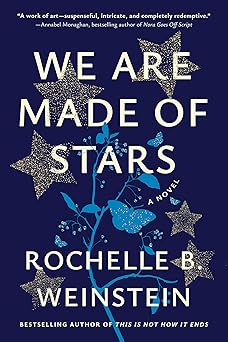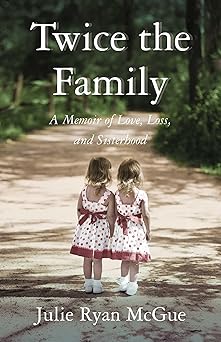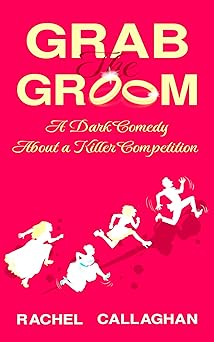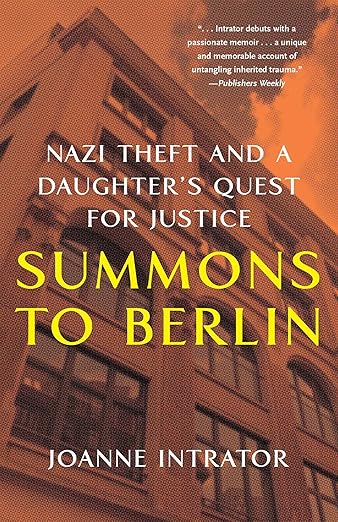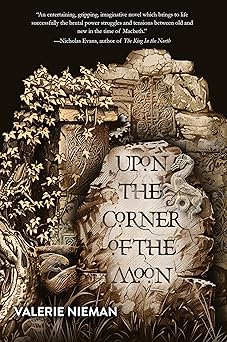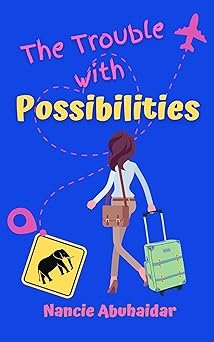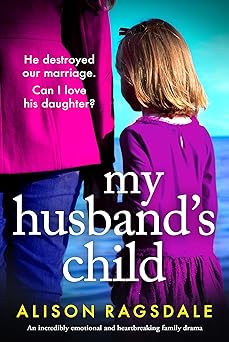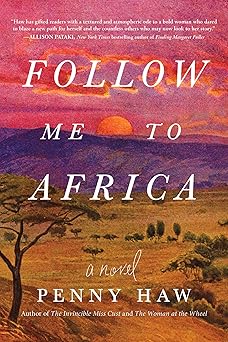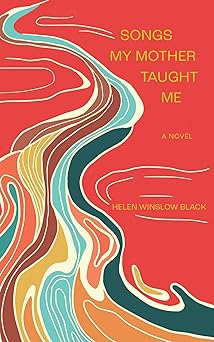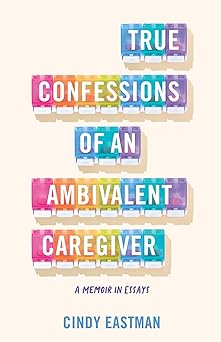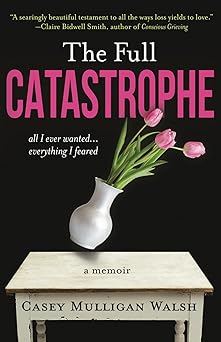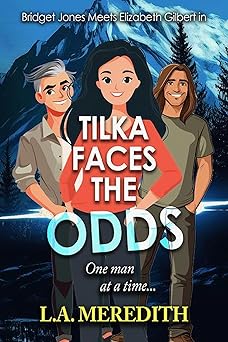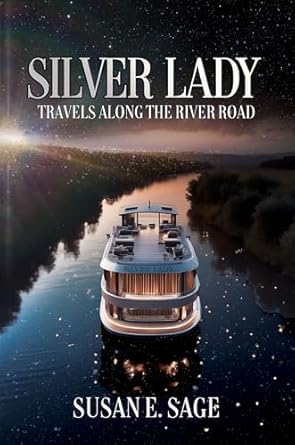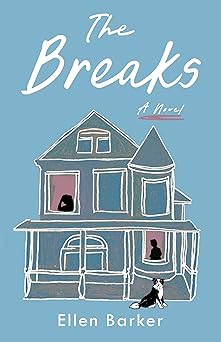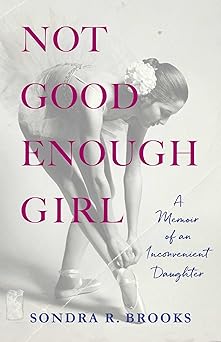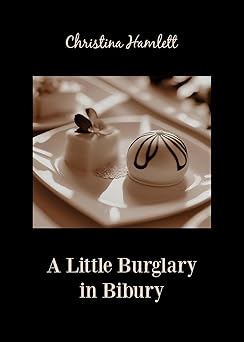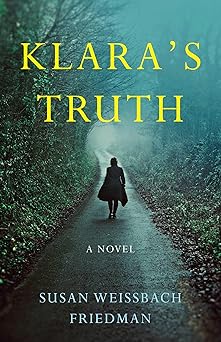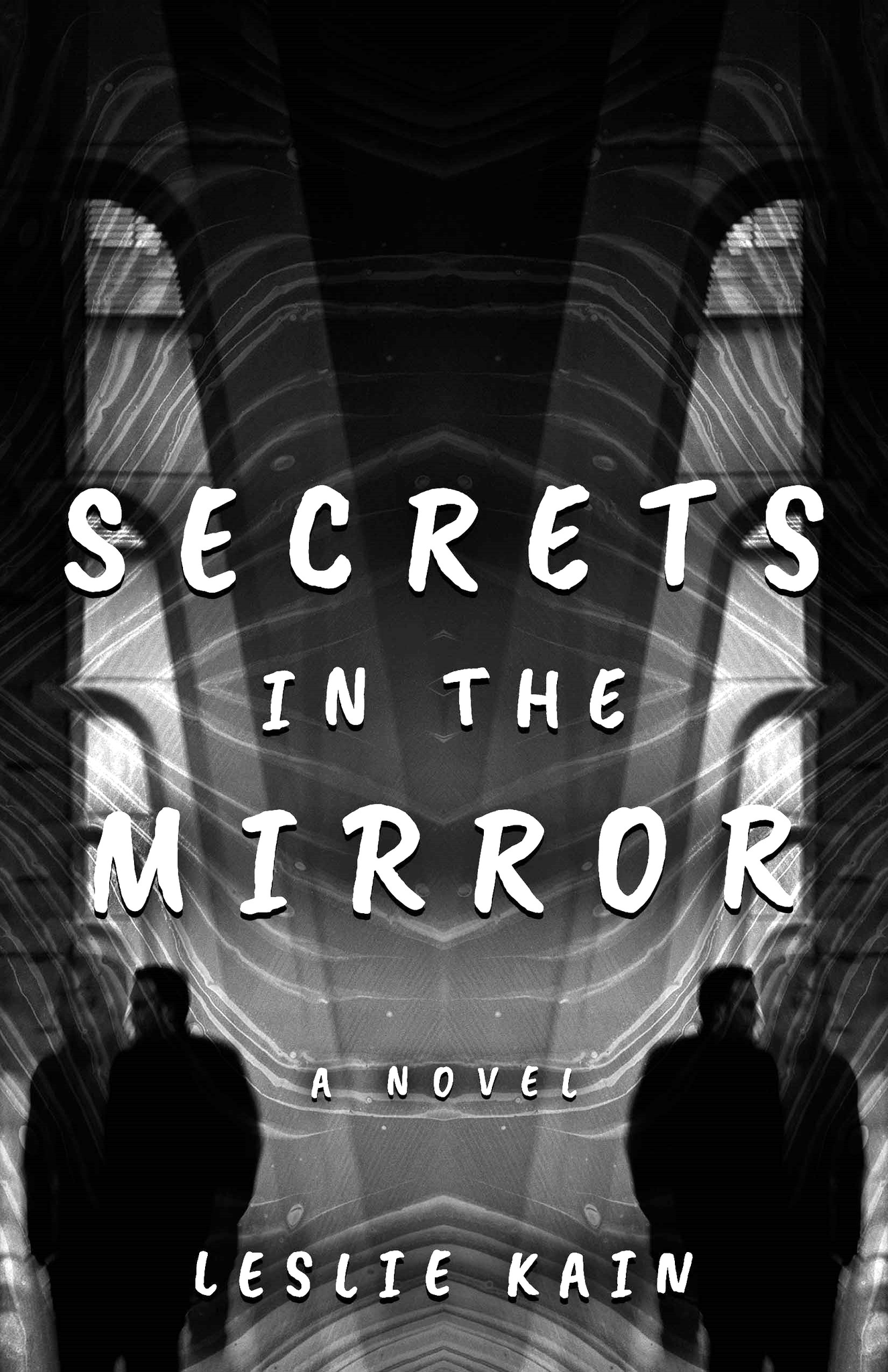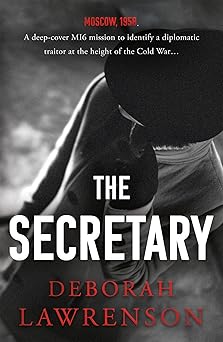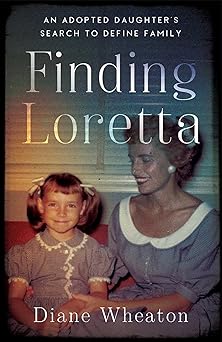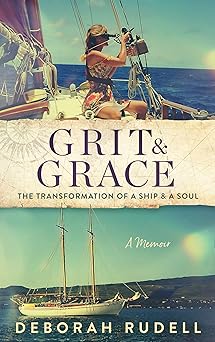On Storytelling and the Tarot: A Personal Journey by Kris Waldherr
by Kris Waldherr
One of my favorite literary touchstones is Dante’s Inferno. The story of the poet’s pilgrimage through the underworld has fed some of my creative projects as an illustrator and writer. The Inferno kicks off with one of the most famous sentences ever set on paper. To paraphrase roughly in English: “In the middle of the journey of life, I found myself lost in a dark wood.”
As inspiring as I found Dante’s masterpiece, it was this sentence I mulled most when I found myself trapped in my own “dark wood.” After nearly two decades of creating illustrated publications, I hit a brick wall when my publisher reorganized, leaving me without an editor. For the first time in years, I was “between books,” as they say in the publishing business.
Fortunately for my family, my midlife crisis didn’t involve maxing out credit cards to purchase a fancy sports car. Nor did I run off to Rome to eat gelato, like something out of Eat, Pray, Love. Instead, I participated in my first National Novel Writing Month after I flashed on a story idea that wouldn’t let me go.
To the uninitiated, National Novel Writing Month—better known as NaNoWriMo—is when writers attempt to write a 50,000 words novel over the thirty days of November. As imperfect as NaNoWriMo has turned out to be of late, I’m still grateful for all it brought to my life. Before NaNoWriMo, I primarily considered myself an illustrator. After NaNoWriMo, a novelist.
If it was because of NaNoWriMo that I found my way out of my dark wood of a midlife crisis, it was also because of NaNoWriMo that I began connecting the tarot to the craft of storytelling. By the time I finished my first NaNoWriMo with 50,000 words of a very rough novel draft that has yet to see the light of day, I’d been working with the tarot for nearly twenty years, and had even illustrated two tarot decks. But I considered my experiences with tarot completely separate from writing. However, NaNoWriMo left me with a deep hunger to understand how story works. As a result, I sought out every book I could find about the craft of narrative structure. These ranged from exploring the big picture of plot to the granular details of character development.
As helpful as these books were, something shifted inside me when I read about the Hero’s Journey, a mythic story cycle popularized by mythologist Joseph Campbell in his book, The Hero with a Thousand Faces.
If you haven’t heard of the Hero’s Journey before, chances are you’ve already encountered it, most recognizably in superhero films and narratives involving the Chosen One who must save all—think Luke Skywalker in Star Wars, where he transforms from farm boy into Jedi knight. At its most rudimentary, the Hero’s Journey is the story of a character’s personal transformation as a result of their attempt to complete a quest. Along the way, they’re thrust out of their normal life into a special world where they gain a mentor and allies, confront challenges, and are tested until they achieve their destiny.
Generally speaking, the Hero’s Journey focuses on the individual and their respective trials and tribulations until they reach their destiny. In contrast, the Heroine’s Journey, as described in Gail Carringer’s brilliant book of the same name, shifts the focus from the individual as Chosen One onto the individual as part of a greater community. Two examples: Dorothy in The Wizard of Oz, who learns there’s no place like home with the help of a tin man, lion, and scarecrow; top chef Carmy Berzatto’s return to Chicago in the television series The Bear, where he inherits a ragtag restaurant and its crew.
The more I read about the Hero’s Journey, and later the Heroine’s Journey, the more these story cycles seemed curiously familiar to me. And then I realized: both mirrored the narrative structure of the tarot.
Like the Hero and Heroine’s Journey, the tarot offers a story of personal transformation. In the tarot, the first part of the deck is comprised of twenty-two cards known as the Major Arcana. It begins with The Fool (Major Arcana O) and ends with The World (Major Arcana XXI). In between are twenty additional cards bearing similarly mythic names. Each builds progressively upon the previous one as elements of a story cycle, just like the plot points in the Hero and Heroine’s Journey.
Now that I was writing fiction, the understanding I’d sought from my own experiences as an artist and tarotist took on new resonance. How many times had I read tarot for someone and interpreted cards as plot points of their personal narrative? Suddenly, I perceived the connection between the tarot and storytelling in a new—and mythic—light.
All this has led to my new book Tarot for Storytellers: A Modern Guide for Writers and Other Creatives. Tarot for Storytellers incorporates my personal experiences using the cards as a tool for creativity, as well as exclusive tarot techniques I developed while teaching at Hugo House, The Writers Circle, and other venues for writers. Through Tarot for Storytellers, it is my fervent hope that writers will dissolve writer’s blocks, untangle plot threads, gain inspiration, and find the personal magic that lies in their most cherished stories.
—
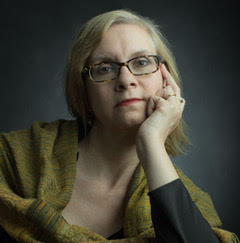 Kris Waldherr’s award-winning novels include Unnatural Creatures: A Novel of the Frankenstein Women and The Lost History of Dreams, which was awarded a Kirkus star and named a best book of the year by CrimeReads. She is also the author-illustrator of the nonfiction books Bad Princess, Doomed Queens, and The Book of Goddesses. Her latest book is Tarot for Storytellers: A Modern Guide for Writers and Other Creatives. Kris is also the creator of the Goddess Tarot, which has over a quarter of a million copies in print, and teaches the tarot to writers and other creatives. Learn more at KrisWaldherr.com.
Kris Waldherr’s award-winning novels include Unnatural Creatures: A Novel of the Frankenstein Women and The Lost History of Dreams, which was awarded a Kirkus star and named a best book of the year by CrimeReads. She is also the author-illustrator of the nonfiction books Bad Princess, Doomed Queens, and The Book of Goddesses. Her latest book is Tarot for Storytellers: A Modern Guide for Writers and Other Creatives. Kris is also the creator of the Goddess Tarot, which has over a quarter of a million copies in print, and teaches the tarot to writers and other creatives. Learn more at KrisWaldherr.com.Tarot for Storytellers: A Modern Guide for Writers and Other Creatives, Kris Waldherr
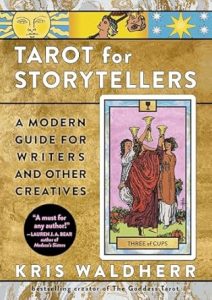 Learn the tarot from an acclaimed tarotist and novelist with over thirty years of experience!
Learn the tarot from an acclaimed tarotist and novelist with over thirty years of experience!
Tarot for Storytellers is the ultimate guide to empowering your writing through the tarot. Written by Kris Waldherr, bestselling creator of The Goddess Tarot and author of The Lost History of Dreams, Unnatural Creatures and other critically acclaimed books, Tarot for Storytellers utilizes exclusive tarot exercises, insightful writing prompts, original card spreads, and other insights honed during Kris’s decades as a tarot reader, author, and teacher. Suitable for tarot newbies as well as the more experienced, Tarot for Storytellers progressively works its way through the elements necessary to bring a story to life—characters, plot, and worldbuilding—while offering down-to-earth techniques to spark inspiration, set creative goals, and even conquer writing blocks no matter where you are on your creative journey.
We all have a story to tell. Whether you’re a dedicated novelist, devoted journal keeper, aspiring screenwriter, or just wanting a more magical life, Tarot for Storytellers will help you access the intuitive wisdom of the tarot—as well as discover new ways to connect with your own personal narrative. Illustrated throughout with over one hundred graphics.
BUY HERE
Category: How To and Tips




